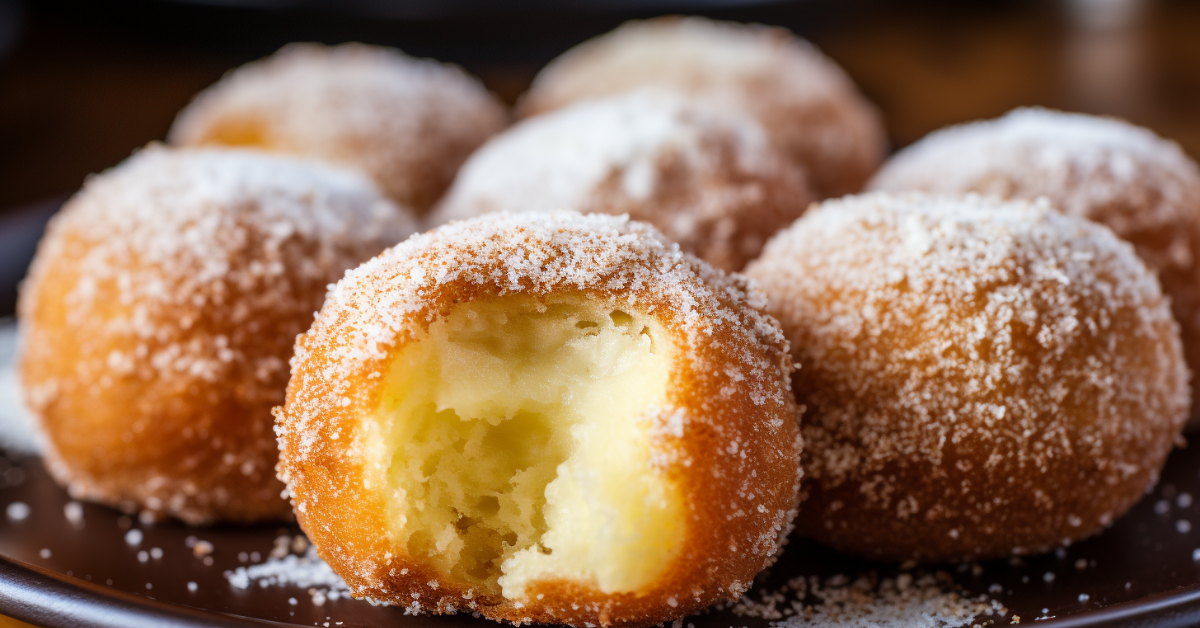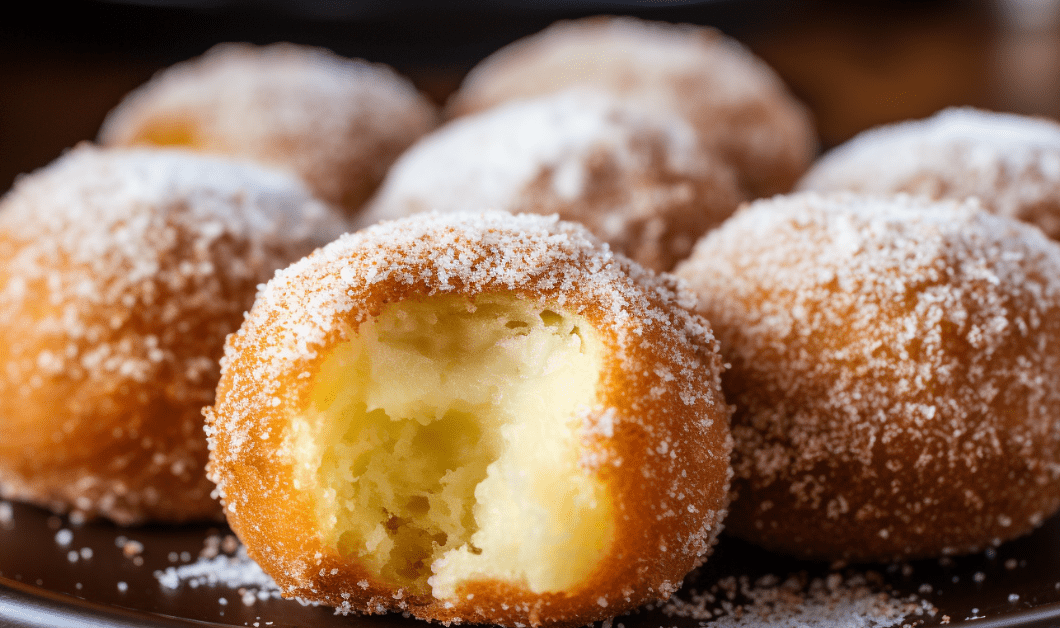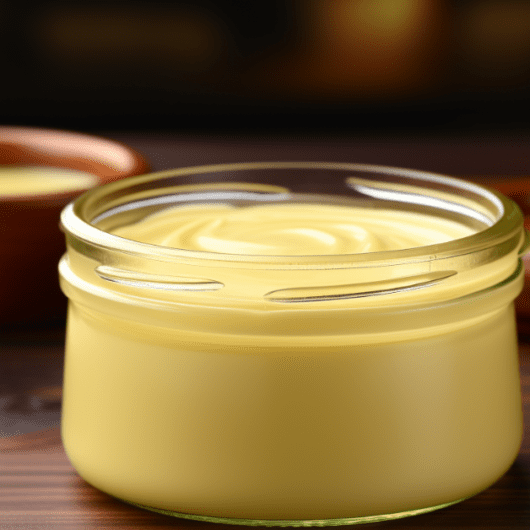Custard Doughnuts

Custard Doughnuts (or donuts, as you might know them) are a true indulgence. A soft, pillowy dough filled with rich, creamy custard. These round doughnuts, filled with crème pâtissière, are the perfect treat for anyone with a sweet tooth. Custard Doughnuts are a nostalgic and sophisticated treat. My Lemon Portuguese Tarts are another must-try traditional bakery treat.
The dough itself is soft and airy, balanced perfectly with a crispy fried outside. Once cooked, each doughnut is filled generously with crème pâtissière, a rich and luxurious vanilla custard. The contrast between the crispy outside, fluffy dough and creamy filling is what makes these doughnuts so great… and let’s not forget the delicious taste!
The filling is the star of the show in this recipe. The silky custard is thickened with egg yolks and cornflour and flavoured with vanilla. It has a smooth, decadent texture and a beautifully rich flavour. The custard is sweet but not overly, making it the perfect filling for these doughnuts. The custard is piped into each doughnut while still warm. Ensuring every bite is filled with that delicious creaminess.
To insert the filling, my first choice is to use a meat ‘syringe’. Followed by a piping syringe and then a piping bag. The thin needle point (preferably around 3mm wide) can be moved inside the doughnut to ensure the custard is not confined to one small part. The syringe options give you more control than a piping bag, but use whatever instrument you have. 😊
Custard Doughnut Filling Variations
These doughnuts are easy to mix up, with new and wonderful custard creations. Adding a unique twist each time you make them.
- Orange: Add 1-2 teaspoons of orange rind to the finished crème pâtissière.
- Chocolate: Add 2 tablespoons of cocoa powder with the cornflour (or more if you would like a more chocolatey flavour, but you might need to add a little extra milk).
- Lemon: Like the orange, add 1-2 teaspoons of lemon rind.
- Coffee: Replace ¼ cup of the milk with strong coffee.
- Passionfruit: Add passionfruit 1-2 tablespoons of pulp to the finished custard.
The Custard Doughnuts are best served warm. The outside of the doughnuts will soften slightly once cooled, and lose that crispy texture created from frying. But the coating of sugar on the outside still gives them a little crackle with each bite when served cold. You can also roll them in cinnamon sugar for a different flavour profile.
If there are any doughnuts leftover, store them in an airtight container. They will dry out a little and the sugar will often dissolve. But you can reheat for a few seconds in the microwave and roll in a little extra sugar to bring them back to life.
These custard-filled doughnuts are a crowd-pleaser. They bring together the comfort of a classic doughnut with the elegance of a pâtisserie-style filling. Perfect for sharing, but so good you might just want to keep them all to yourself!
Feedback & More
Did you try the Custard Doughnuts? Let me know in the comments below. Cheers, Elby!
If you liked this recipe, check out some of my other delicious Sweet Treats! Also, follow The Tasteful Pantry on Instagram, Facebook and Pinterest for all the latest recipes and info.
Lemon Portuguese Tarts
Cooks in 50 minutesDifficulty: MediumA cooked creamy lemon custard filling inside a crisp pastry shell.
Crème Pâtissière
Cooks in 15 minutesDifficulty: EasyA thick and creamy vanilla flavoured custard, perfect for pastry dessert fillings. Or damn good by itself!



